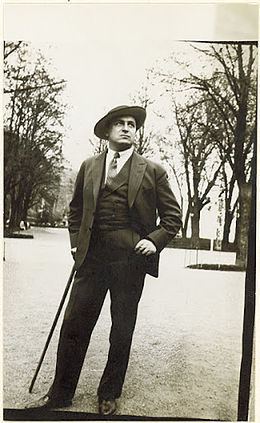Name Waino Aaltonen | ||
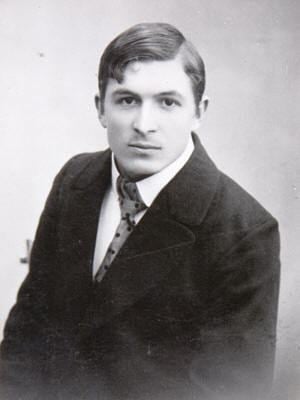 | ||
W in aaltonen school living schools lab
Wäinö Valdemar Aaltonen (8 March 1894– 30 May 1966) was a Finnish artist and sculptor. The Chambers Biographical Dictionary describes him as "one of the leading Finnish sculptors".
Contents
- W in aaltonen school living schools lab
- Joshua sofaer object of love w in aaltonen museum new performance turku 13 14 june 2013
- Works
- References
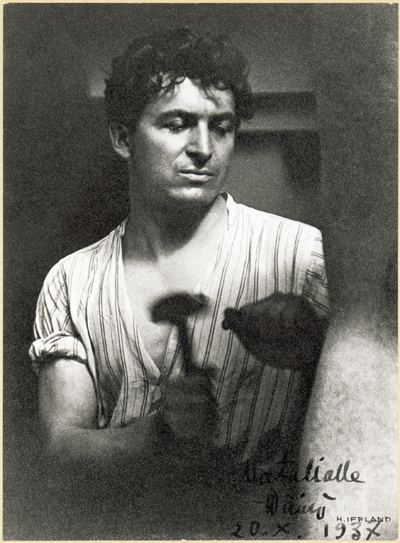
He was born to a tailor in the village of Karinainen, Finland. He became interested in art after being deaf as a child, and attended the School of Drawing of the Turku Art Association from age 16, or specifically between 1910 and 1915. He had spent many of the early years at this school studying painting, but he was mainly self-taught as a sculptor. He learned the technics of treatment of marble with his relative Aarre Aaltonen, and by working as a trainee stone mason in Hirvensalo. Sculptor Felix Nylund was a substitute teacher in the art school in Turku for one season, and his work was inspiration for young Aaltonen.

A journey Aaltonen made to Italy in 1923 opened his eyes to cubist and futurist art. These elements can primarily be seen in his paintings.

As the Republic of Finland arose, and the First World War raged, he sculpted War Memorials. He soon became a nationalist icon, the exemplar Finn, establishing an exhibition in Stockholm in 1927. His sculpture is nationalist in nature, and he is noted for monumental figures and busts portraying citizens of Finland. An example is the 1925 sculpture of Paavo Nurmi, a cast of which is exhibited outside the Helsinki stadium. Another notable work is that of Jean Sibelius, a bust of 1928. These two works, like the main body of his work, are bronze casts—though he did work in stone and even glass. Though chiefly naturalistic, the cubist influence is also present here. He was one of the early 20th-century pioneers of direct carving.
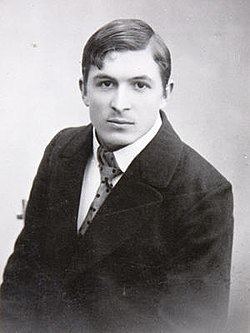
When the new House of Parliament for Finland was built, architect Johan Sigfrid Sirén wished he could buy sculptures directly from Aaltonen. Instead, an open competition was announced, and Aaltonen's Work and the Future was selected as the winner. The series of gilded plaster sculptures that Aaltonen completed in 1932 were cast in bronze after his death.
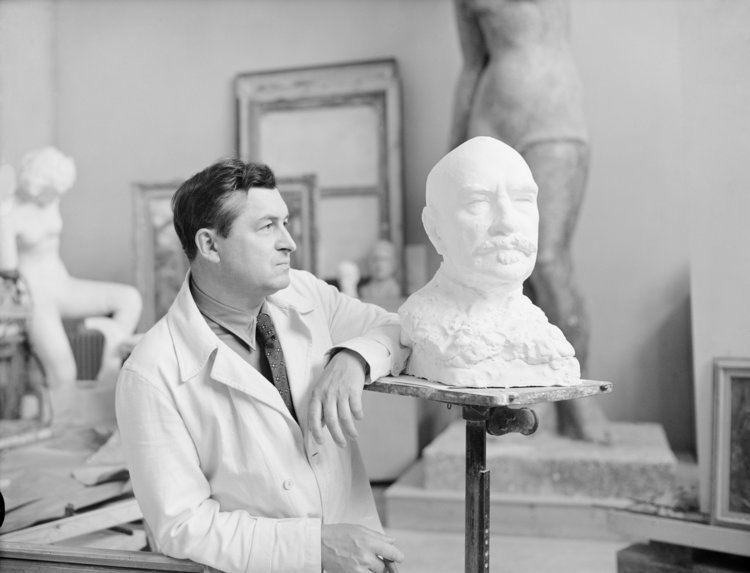
Aaltonen was married four times. His firs wife was singer Aino Alisa Pietikäinen from 1920, second wife actor Elsa Emilia Rantalainen from 1931, third wife gallerist in Galerie Artek Elvi Elisabet Hernell from 1942 and fourth wife medical doctor Marie Elisabeth Maasik from year 1961. His son Matti Aaltonen became an architect, who designed e.g. Wäinö Aaltonen museum in Turku.
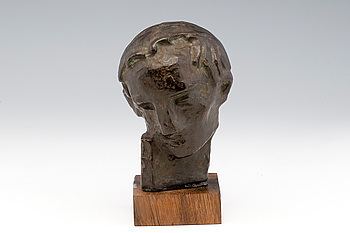
A large collection of his works are on permanent exhibition at the Wäinö Aaltonen Museum of Art in Turku.
Joshua sofaer object of love w in aaltonen museum new performance turku 13 14 june 2013
Works
